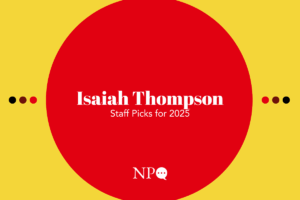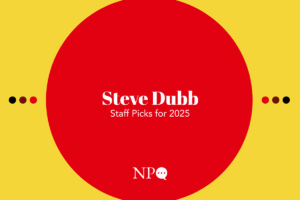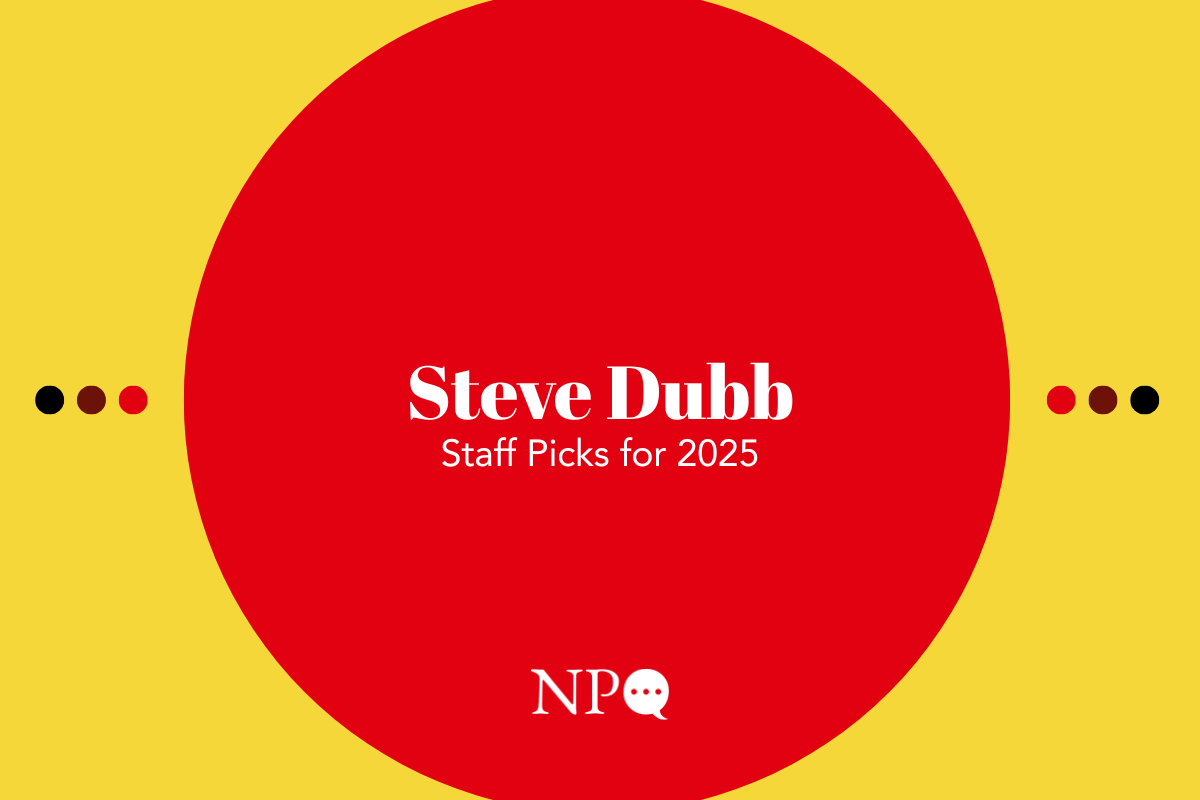October 1, 2012; Source: The Guardian
If you’re a citizen of the U.K. and supportive of that nation’s programs in international aid, the Publish What You Fund report, which rates every aid donor for the transparency and openness of their operations, offered the welcome news that the U.K.’s Department for International Development (DFID) is the world’s best. If you’re a citizen of the U.S., you aren’t so happy, because the U.S. Agency for International Development (USAID) was far behind, and USAID was better than other American government aid providers.
Publish What You Fund presents this summary as to the reasons why transparency in international aid is important:
Sign up for our free newsletters
Subscribe to NPQ's newsletters to have our top stories delivered directly to your inbox.
By signing up, you agree to our privacy policy and terms of use, and to receive messages from NPQ and our partners.
“Citizens expect to be able to hold governments to account and know where their money is going. Open government initiatives are helping to promote aid transparency, partly driven by the possibilities of new technology. However, much of the current momentum comes from the aid effectiveness agenda. After grappling for years with difficult issues – including coordination of aid activities, recipient country ownership and predictability – donors, recipients and civil society alike have realised that very little of the aid effectiveness agenda can be achieved without greater and systematic transparency.”
Publish ranked DFID at number one and the World Bank-IDA (World Bank International Development Association and International Bank for Reconstruction and Development) at number two. They put USAID at number 27 among a list of 72 donor agencies. According to Publish What You Fund, there are 26 U.S. agencies that distribute some kind of international aid. Publish What You Fund only gave transparency report cards to six of them, though they were clearly the largest:
- The Department of Defense ranked “very poor” (46th out of 58) in 2011, and it improved to just “poor” (56th out of 72) in 2012.
- The Department of State (other than its oversight role of USAID) ranked “poor.”
- The Treasury Department (providing assistance to other governments in public finance) saw a significant ranking improvement, from “very poor” to “moderate.”
- The Millennium Challenge Corporation was the highest rated U.S. aid organization, ranking ninth out of the 72 international aid organizations.
- The President’s Emergency Plan for AIDS Relief (PEPFAR) improved from “poor” to “moderate”—landing at number 29 out of 72.
- The U.S. Agency for International Development (USAID), at 27th, ranked “moderate.”
Publish also ranked two U.S.-based foundations—Hewlett and Gates—at 31st and 33rd, respectively. Perhaps it may not be surprising to find China’s international aid agency second to last. Publish also suggests that the multilateral aid agencies, on average, do better than the agencies participating in bilateral aid programs. The overall conclusion for all donor organizations is that there has been improvement, but it has been uneven and not necessarily enthusiastically embraced by all nations, or even by the multiple aid agencies and programs in some of the larger nations.
As much as any nation, the U.S. presents itself as committed to transparency. The U.S. agencies have signed the International Aid Transparency Initiative (IATI), but transparency isn’t something that is achieved simply by signing on. It is an ethic, a core value and behavior that permeates a system or sector of organizations. We look forward to the publication of the 2013 index, which hopefully will show significant improvement in U.S. agencies and include ratings of additional U.S. foundations engaged in international aid.—Rick Cohen











